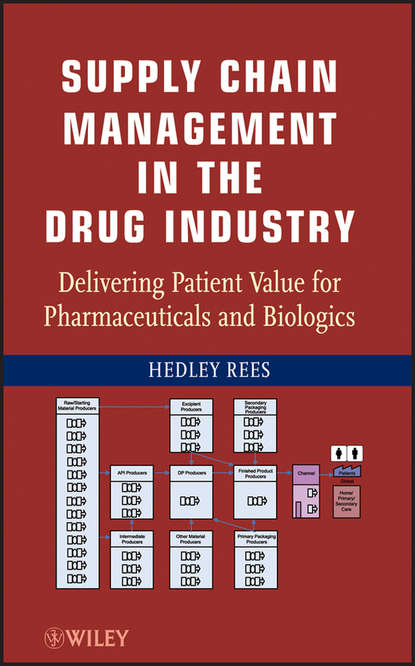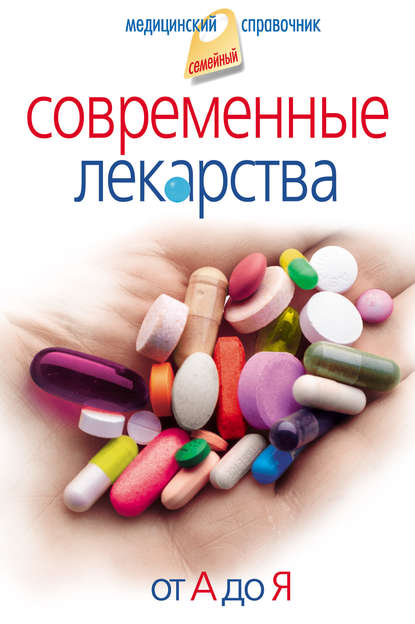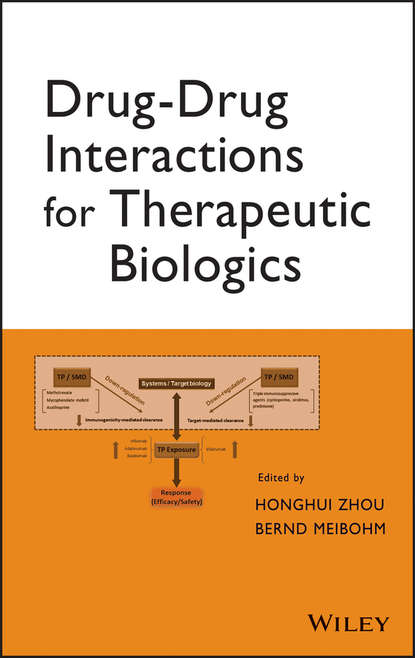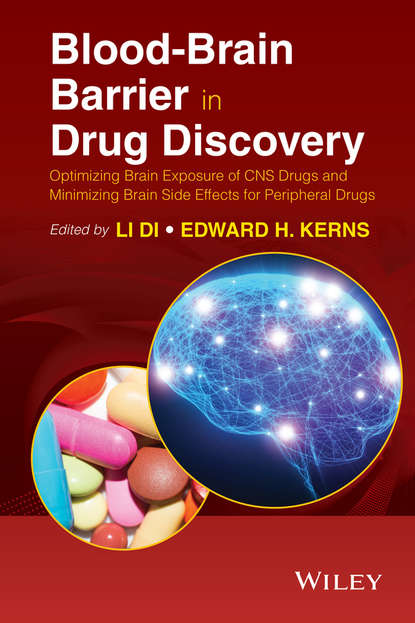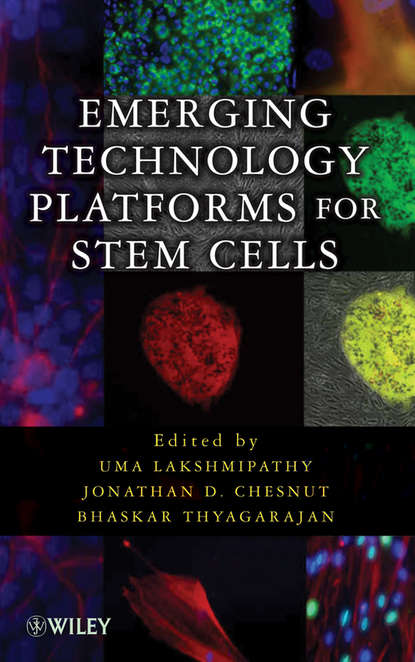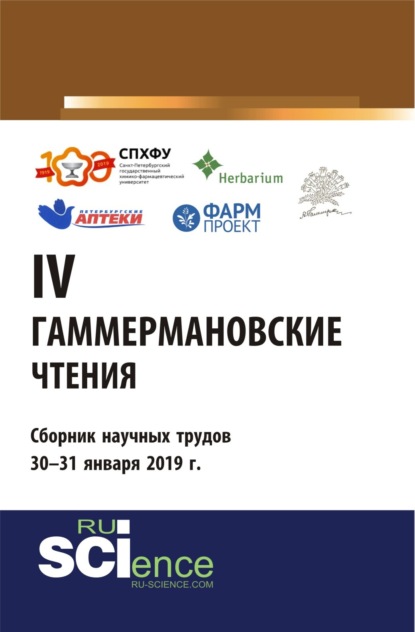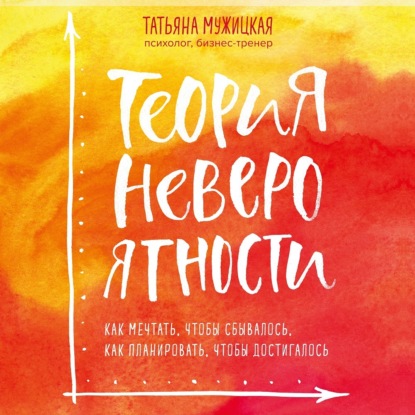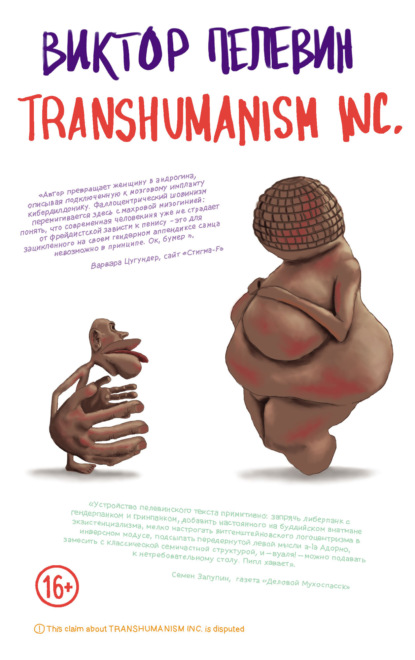Книга "Управление цепочками поставок в фармацевтической промышленности. Обеспечение ценности для пациентов в производстве фармацевтики и биологических препаратов" соединяет практиков управления цепочками поставок и экспертов фармацевтической промышленности. Она направлена на то, чтобы помочь обеим группам понять разные миры, в которых они живут, и как совместно способствовать значимым улучшениям в управлении цепочками поставок в глобально важном фармацевтическом секторе. Научные и технические сотрудники должны тесно сотрудничать с практиками управления цепочками поставок и другими заинтересованными сторонами, чтобы обеспечить отзывчивые, экономически эффективные и рискоустойчивые цепочки поставок для конкуренции на мировой арене. Это не должно ждать до тех пор, пока лекарство не будет зарегистрировано, но должно начинаться как можно раньше в процессе разработки и до регистрации или клинических испытаний. Автор предлагает, что разработка препаратов CMC (химия, производство, контроль) должна пересмотреть линию видимости - от поставки препарата в клинику и получения регистрации, к созданию ценности для пациента. Компетентные процессы и поставщики, оптимизированная логистика, гибкие заводы и оборудование, более короткие циклы, эффективный поток информации и сокращение отходов - все эти факторы могут и должны рассматриваться на этапе разработки CMC.
This book bridges the gap between supply-chain managers and pharmaceutical industry specialists, aiming to enable both groups to better understand the differences between their areas of expertise and to understand ways in which they can assist with meaningful improvement efforts within global pharmaceutical supply chains. Scientists and engineers who collaborate with chains will need to work closely alongside practitioners, supporting respondent, economically effective and low-risk supply chains, enabling them to compete in a globalised arena. Partnerships in these value streams need to be cemented before drugs are registered, beginning as soon as during early drug development stages and even before the commencement of clinical trials. Using CMC controls the appropriate insertion of determines-to-supply-drug into the clinic and obtaining the licensing post, seeking the creation of operations-bond stream patient values. Processes which are capable and trustworthy suppliers, efficient logistics, modified sites and tools, decreased processing durations, effective communication flow and reduced wastage. All of the above aspects can and ought to be solved during CMC developmental stages.
Электронная Книга «Supply Chain Management in the Drug Industry. Delivering Patient Value for Pharmaceuticals and Biologics» написана автором Hedley Rees в году.
Минимальный возраст читателя: 0
Язык: Английский
ISBN: 9780470920534
Описание книги от Hedley Rees
This book bridges the gap between practitioners of supply-chain management and pharmaceutical industry experts. It aims to help both these groups understand the different worlds they live in and how to jointly contribute to meaningful improvements in supply-chains within the globally important pharmaceutical sector. Scientific and technical staff must work closely with supply-chain practitioners and other relevant parties to help secure responsive, cost effective and risk mitigated supply chains to compete on a world stage. This should not wait until a drug has been registered, but should start as early as possible in the development process and before registration or clinical trials. The author suggests that CMC (chemistry manufacturing controls) drug development must reset the line of sight – from supply of drug to the clinic and gaining a registration, to the building of a patient value stream. Capable processes and suppliers, streamlined logistics, flexible plant and equipment, shorter cycle times, effective flow of information and reduced waste. All these factors can and should be addressed at the CMC development stage.
